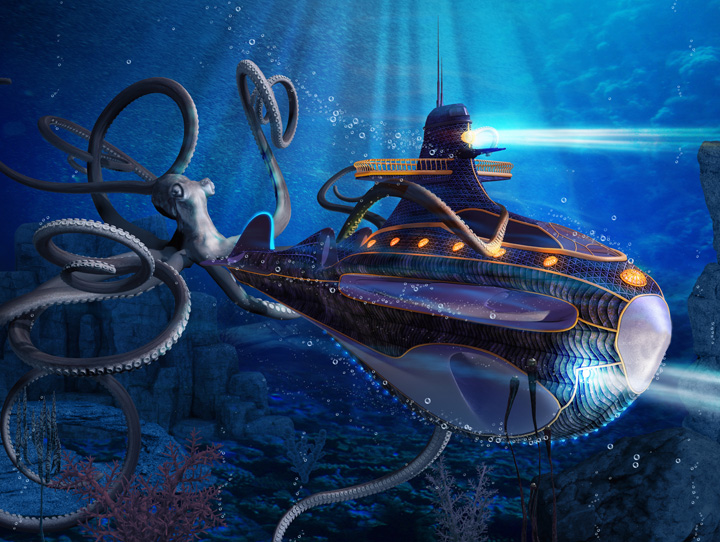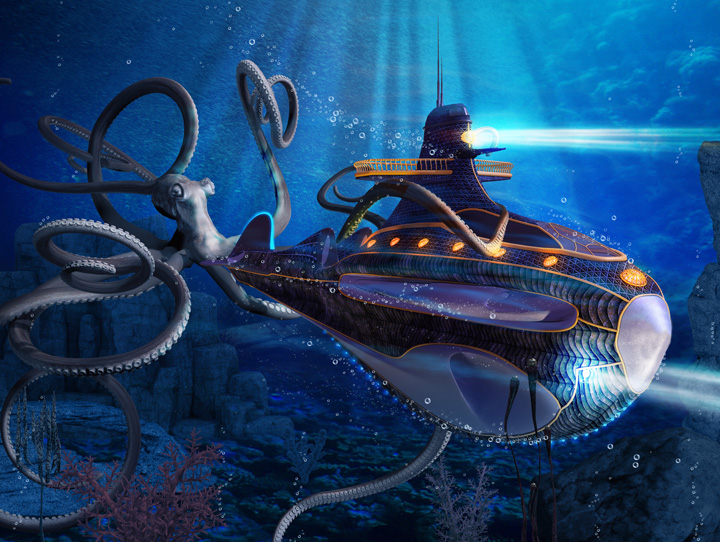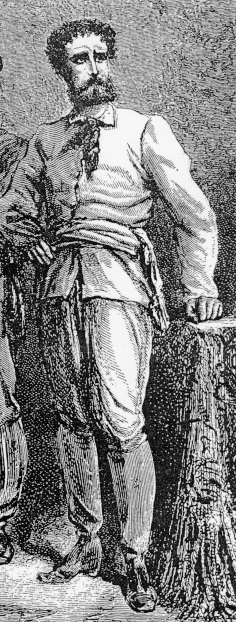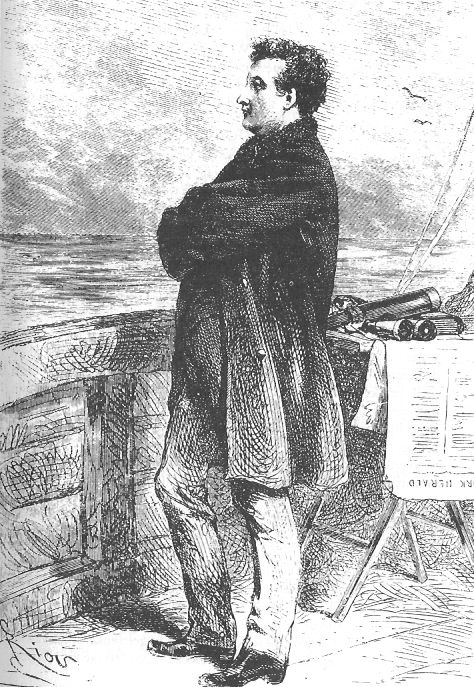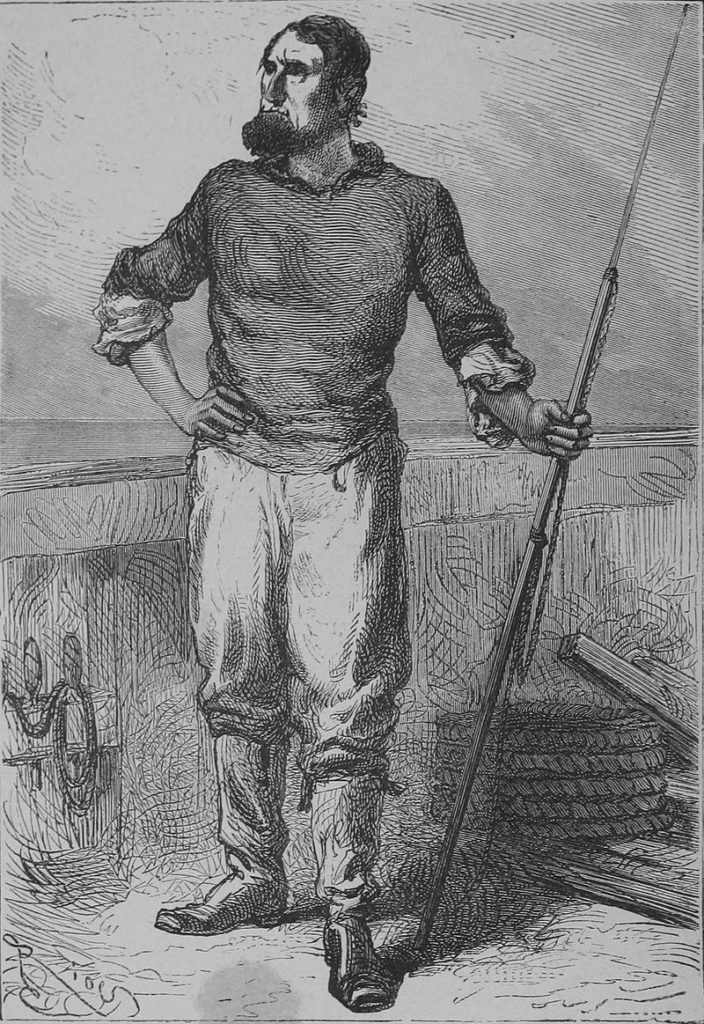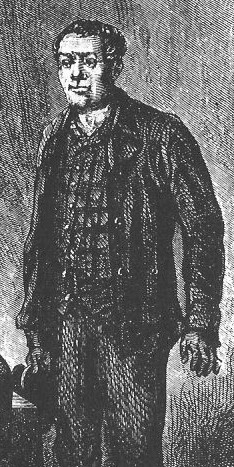French author Jules Gabriel Verne, born on this date in 1828, has been found alive at the age of 192. Reports of his death at age 77 in 1905, and accounts of his subsequent burial, apparently were in error.
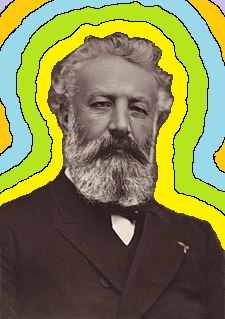
Remarkable though it may seem, there is simply no other way to explain the large number of people, still today, who’ve undergone life-changing experiences after contact with Verne. This list includes people who became:
- Astronauts or astronomers after reading From the Earth to the Moon;
- Submariners, undersea explorers, or naval architects after reading Twenty Thousand Leagues Under the Sea;
- Geologists, spelunkers, or cavers after reading Journey to the Center of the Earth;
- World travelers or circumnavigators after reading Around the World in Eighty Days; and
- Engineers, scientists, or fiction writers after reading any of Verne’s works.
I can see you’re not buying it. Okay, Skeptic, there’s an entire Wikipedia page devoted to the Cultural Influence of Jules Verne. It lists the following people who claim to have been inspired to pursue their profession by Verne: astronaut William Anders, undersea explorer Robert Ballard, undersea explorer William Beebe, astronaut Frank Borman, polar explorer Richard E. Byrd, speleologist Norbert Casteret, undersea explorer Jacques Cousteau, cosmonaut Yuri Gagarin, rocketry innovator Robert Goddard, cosmonaut Georgi Grechko, roboticist David Hanson, astronomer Edwin Hubble, submarine designer Simon Lake, astronaut Jim Lovell, French General Hubert Lyautey, inventor Guglielmo Marconi, speleologist Édouard-Alfred Martel, explorer Fridtjof Nansen, rocketry innovator Hermann Oberth, aviation pioneer Alberto Santos-Dumont, polar explorer Sir Ernest Shackleton, aviation pioneer Igor Sikorsky, rocketry innovator Konstantin Tsiolkovsky, and rocketry innovator Wernher von Braun.
There’s a similarly long list of authors who drew inspiration from Verne. Ray Bradbury said, “We are all, in one way or another, the children of Jules Verne.”
There exists a group known as the North American Jules Verne Society. Seriously, are you likely to have an active fan club on a different continent 192 years after your birth?
Yes, Verne is still alive, if not in body, at least in spirit. Very much in spirit.
You, too, can join the list of those who’ve been influenced by Verne. You can write a short story and submit it for inclusion in the upcoming anthology 20,000 Leagues Remembered. I’m co-editing it, along with Kelly A. Harmon of Pole to Pole Publishing. It’s scheduled to be published on the 150th anniversary of the publication of 20,000 Leagues Under the Sea this coming June. Here you can see the cover image we’ve selected. For more information, and to submit your story, click here.
Happy 192nd Birthday, Jules, wherever you are. Today, in raising a toast to you with a glass of French wine, countless Verne fans around the world will be joining—
Poseidon’s Scribe


